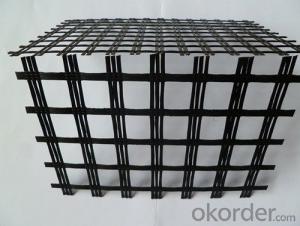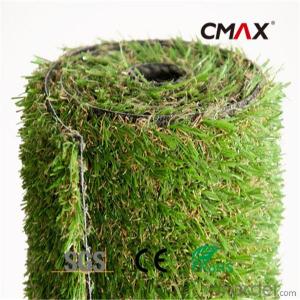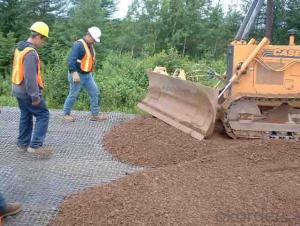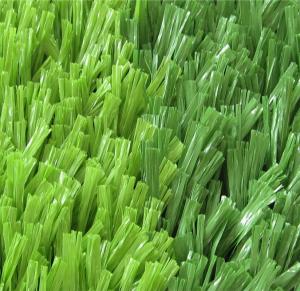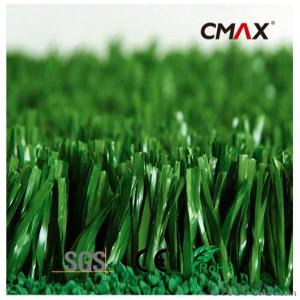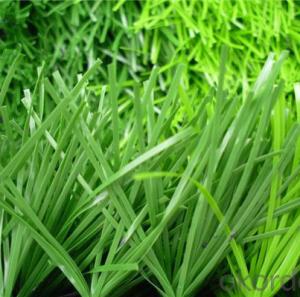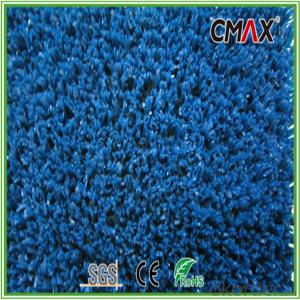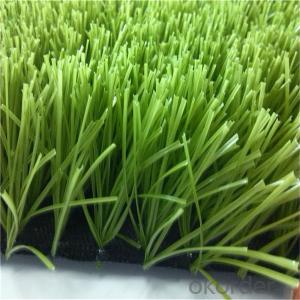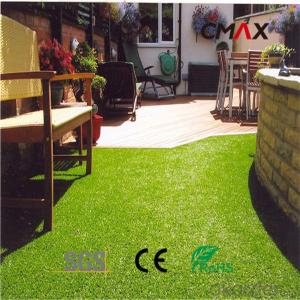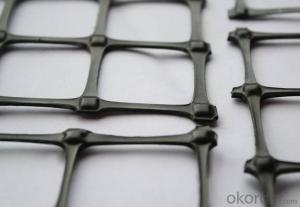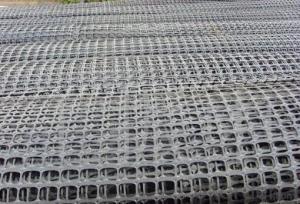Geogrid Grass
Geogrid Grass Related Searches
Fridge With Freezer On Bottom Driveway Pillars With Lights Blu Ray Player With Recorder Blu Ray Player With Internet Geogrid In Retaining Walls 1708 Biaxial Fiberglass Tape Pullout Resistance Of Geogrid Geogrid Warp Knitting Machine Srw 3 Series Geogrid Biaxial Plastic GeogridHot Searches
Fiberglass Scaffolding For Sale Fiberglass Panels For Sale Fiberglass Greenhouses For Sale Geogrid Fabric For Sale Gas Powered Core Aerator For Sale Revolution 4 Propeller For Sale Alabaster Carving Stone For Sale Geogrid For Sale Near Me Tensar Geogrid For Sale Geogrid For Sale Ex Display Log Cabins For Sale Photoelectric Cells For Sale Athletic Lockers For Sale Cubicle Partitions For Sale Stearman Propeller For Sale Palram Greenhouses For Sale Gumbo Bowls For Sale Suzuki Propellers For Sale Freight Crates For Sale Outhouse Sheds For SaleGeogrid Grass Supplier & Manufacturer from China
Okorder.com is a professional Geogrid Grass supplier & manufacturer, offers integrated one-stop services including real-time quoting and online cargo tracking. We are funded by CNBM Group, a Fortune 500 enterprise and the largest Geogrid Grass firm in China.Hot Products
FAQ
- The effect of installation damage on geogrid behavior is that it can significantly impair the performance and structural integrity of the geogrid. Installation damage can lead to the weakening or breaking of the geogrid's interlocking mechanism, reducing its ability to reinforce and stabilize soil. This can result in reduced load-bearing capacity, increased deformation, and potential failure of the geogrid system. Therefore, it is crucial to handle and install geogrids with care to minimize any potential damage and ensure optimal performance.
- Yes, geogrids can be used in temporary construction access mats. Geogrids are commonly employed in such mats to provide reinforcement and stability, making them suitable for heavy equipment and vehicle traffic during construction.
- Geogrids and geonets are both geosynthetic materials used in civil engineering and construction, but they differ in structure and function. Geogrids are typically made of high-strength polymer materials, such as woven or knitted polyester or polypropylene, and have a grid-like structure. They are used to reinforce soil and provide tensile strength to the ground. Geogrids distribute loads over a wider area, reducing soil settlement and improving stability. They are commonly employed in applications like retaining walls, roads, embankments, and slopes. On the other hand, geonets are formed by extruding polymeric materials into a net-like configuration. They have a three-dimensional structure characterized by interconnected voids or channels. Geonets are used for drainage purposes, providing a pathway for liquids to flow through the material while preventing clogging. They are commonly used in applications such as landfill liners, subsurface drainage systems, and erosion control. In summary, the main difference between geogrids and geonets lies in their structure and function. Geogrids provide reinforcement and tensile strength to the soil, while geonets facilitate drainage and prevent clogging.
- Some of the design considerations for geogrid-reinforced slopes include the slope stability analysis, selection of appropriate geogrid material and properties, determining the required strength and stiffness of the geogrid, proper installation techniques, and considering the long-term durability and maintenance requirements of the reinforced slope.
- The factors that influence the design and selection of geogrids for reinforcement include the type and properties of the soil, the load and traffic conditions, the desired level of reinforcement, the project lifespan, the installation and construction method, and the environmental conditions.
- Yes, geogrids are suitable for use in mining tailings ponds. Geogrids are a type of geosynthetic material that offer excellent strength and stability, making them ideal for reinforcing and stabilizing soil and other materials in various applications, including tailings ponds. They can help prevent erosion, improve drainage, and enhance the overall stability of the pond. Additionally, geogrids are resistant to chemical degradation, which is important in mining environments where tailings may contain potentially harmful substances.
- Yes, geogrids can be used in reinforced earth structures. Geogrids are commonly used as a reinforcement material to enhance the stability and strength of soil structures, including reinforced earth structures. They provide tensile strength, reduce soil movement, and improve the overall performance and durability of the structure.
- Longitudinal and transverse tensile strength more than 60kn/m which has several geogrid
- The ultimate tensile strength of geogrid from high to low in the order of glass fiber geogrid, geogrid, plastic geogrid, and ultimate elongation from high to low in the order of warp knitting, plastic grille grille (extension rate of raw materials as a warp knitted grill has a larger change range, some may be more than a small plastic grille), glassgrid. Glass fiber grille without creep.


















